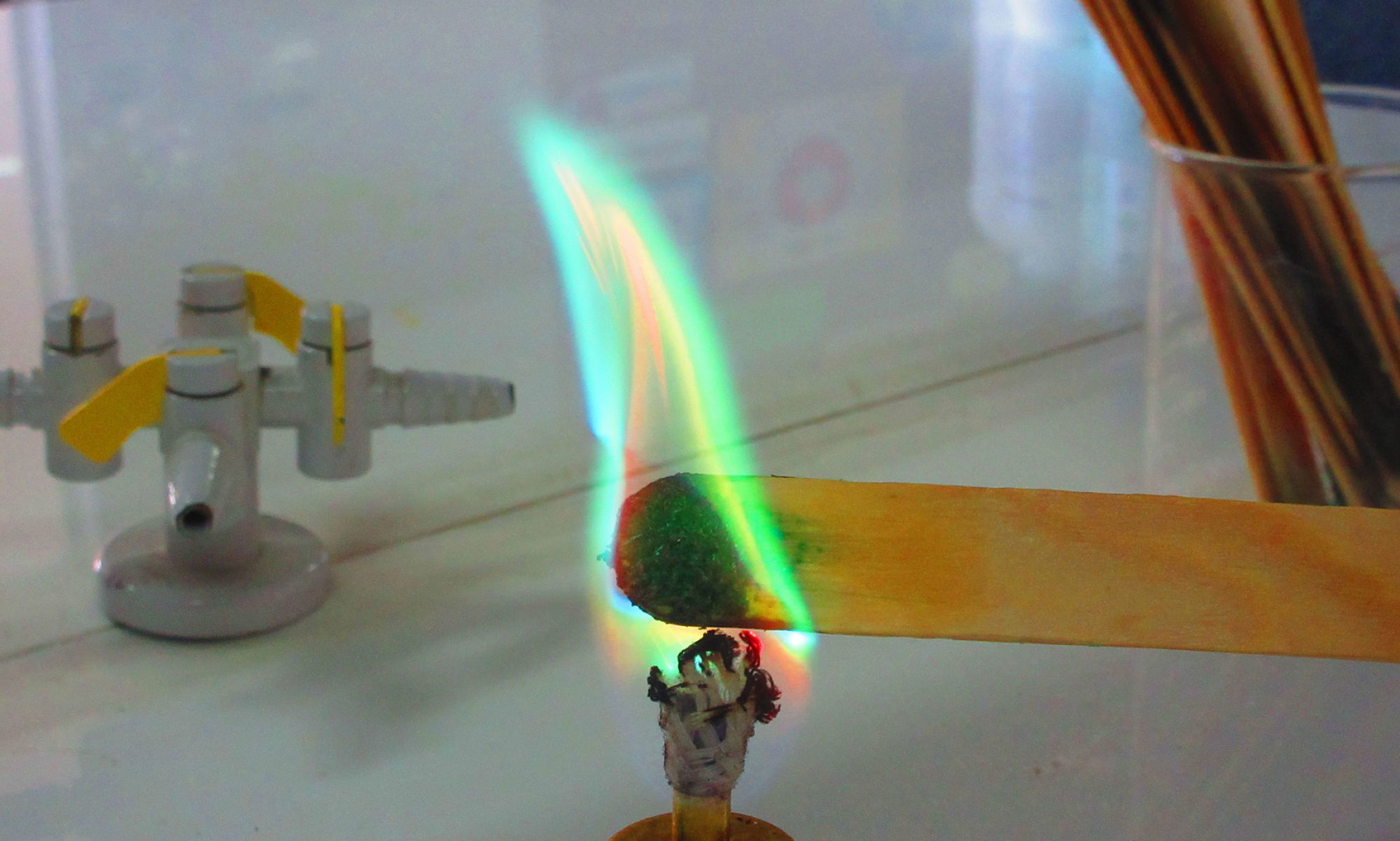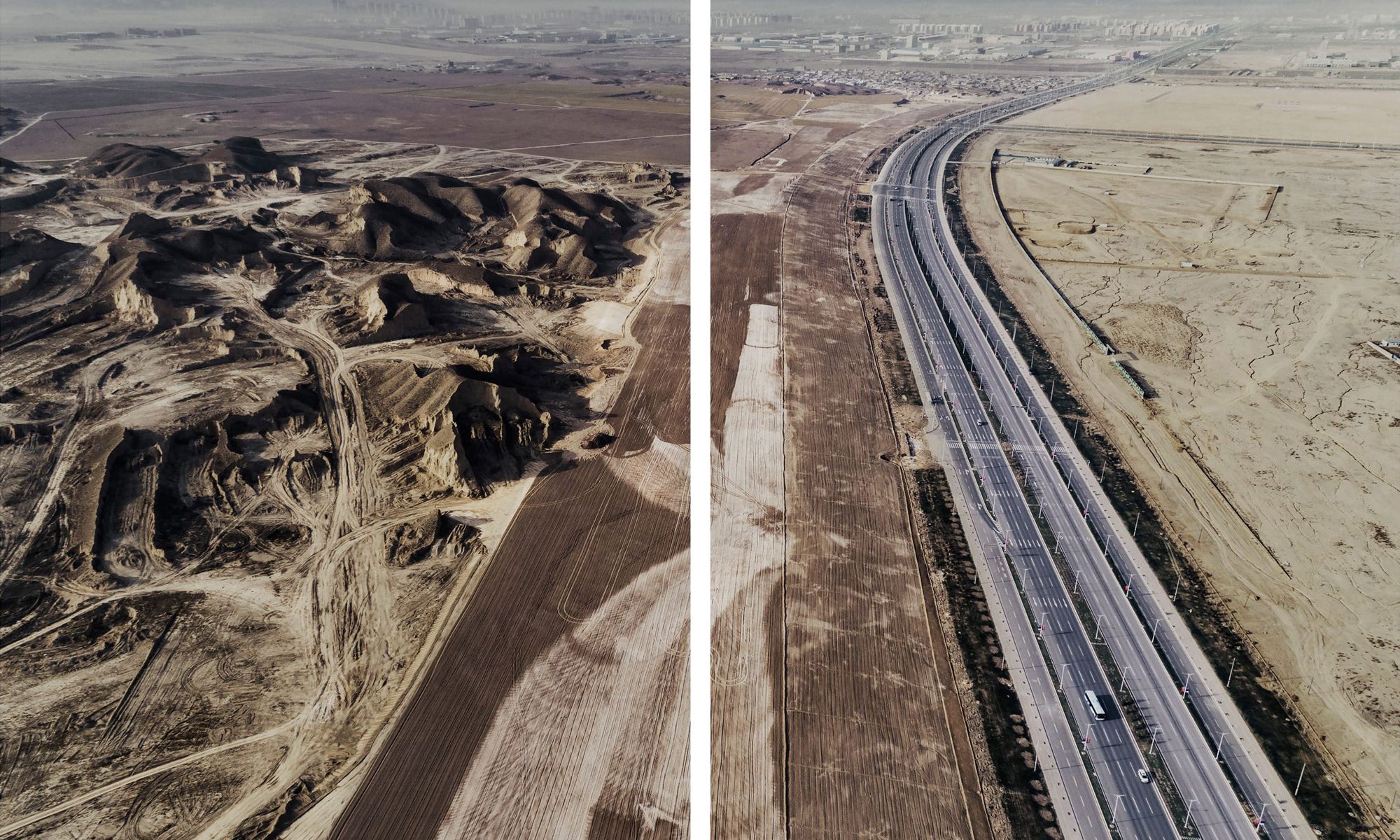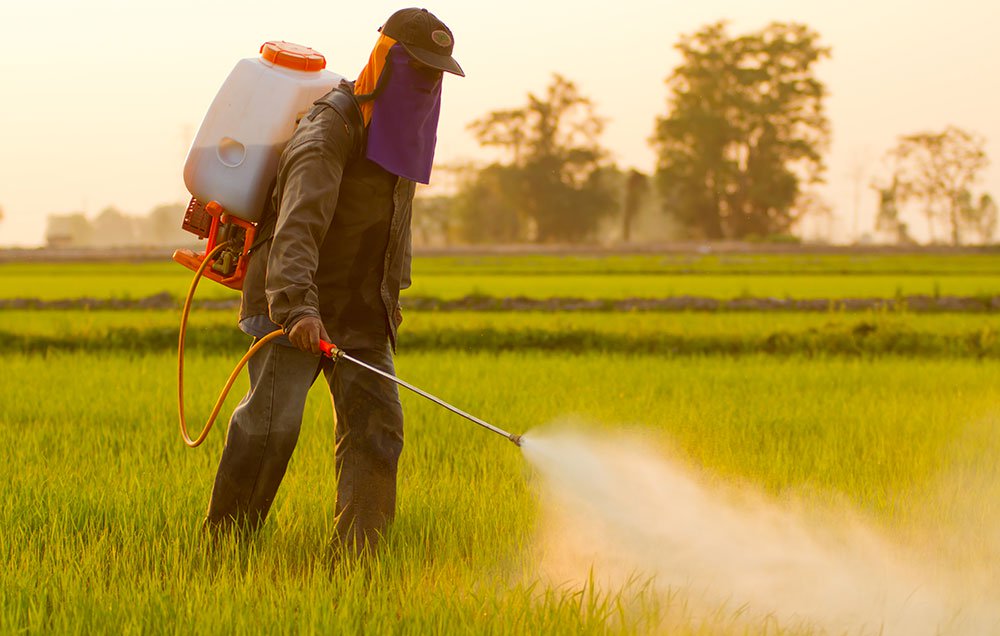Besides learning about steps that engineers take to identify problems, brainstorm/assess their ideas, evaluate their product requirement, and build their own prototype; we also looked at different fail engineering projects and evaluated them: Titanic, Tacoma bridge, the Hindenburg and etc.
Tipping of the Titanic
 Most of us might have already heard of this elegant ship that got struck by the iceberg and sank into the Atlantic ocean in 1942, which killed more than 1,500 people. The main reason which causes this largest ship to sink is that of its watertight compartments—which engineers believed could never flood ship—didn’t get sealed and had filled up with water; this led the ship to tilt to one side and eventually sink.
Most of us might have already heard of this elegant ship that got struck by the iceberg and sank into the Atlantic ocean in 1942, which killed more than 1,500 people. The main reason which causes this largest ship to sink is that of its watertight compartments—which engineers believed could never flood ship—didn’t get sealed and had filled up with water; this led the ship to tilt to one side and eventually sink.
The Toppling of the Tacoma Narrows Bridge
This bridge was built across Puget Sound in Washington. It was a strong, light, narrow, and very flexible. Due to the strong wind (42 mph) on November 7th, 1940, had caused this 2,800-foot (853-m) bridge into a series of torsional oscillations and eventually collapse.
The Hindenburg Disaster
The main lesson that we learned from these fail engineering projects is that when we design our product, we have to consider all the possibility that could affect our product and should always test it in the real environment.


